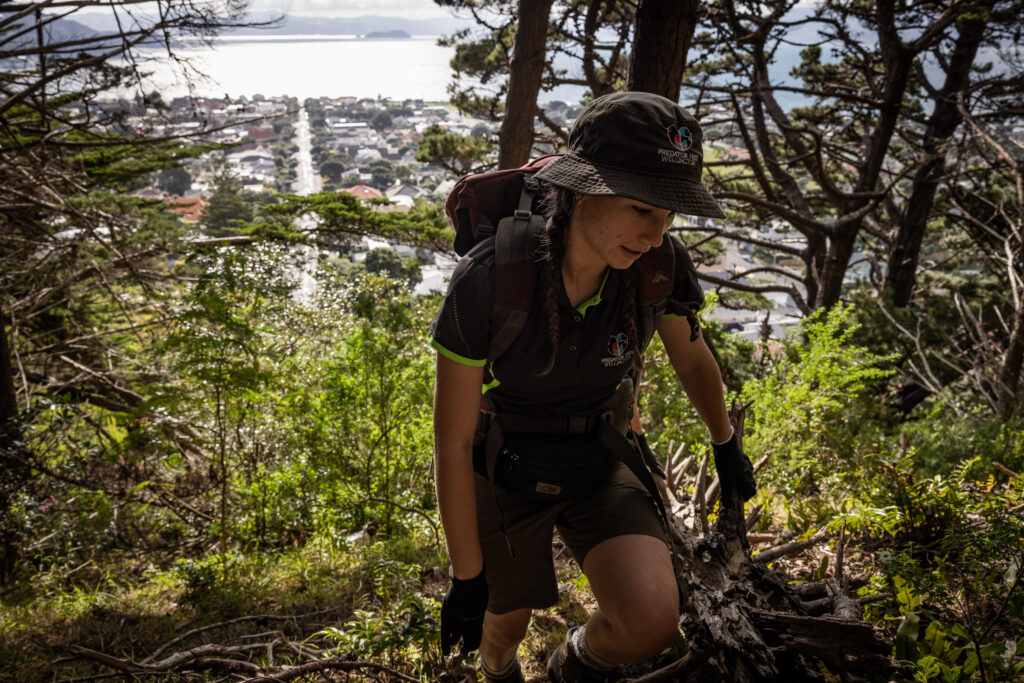Predator Free Wellington proves NZ is world class
Supported by a grant from Kea World Class New Zealanders Neil and Annette Plowman via the Next Foundation, and formed as part of a collaborative partnership with the Wellington City Council and Greater Wellington Regional Council, Predator Free Wellington was launched in 2017 with the lofty target of making Wellington the first predator free capital city in the world. Project Director James Willcocks talks about the remarkable success they have achieved and the legacy that Wellington is building for the city and our country.
Every night in New Zealand around 68,000 native birds are killed by introduced predators. This staggering statistic is one which Predator Free Wellington Project Director James Wilcocks says motivates his team every day.
“A little known fact about Aotearoa is that we are right at the top of the list when it comes to threatened and endangered species. There are around 4,000 of these species across the country. We need to decide whether we let these incredible native species continue to slip off the face of the planet, or do we do something about it?”
James joined the Predator Free team in 2017 not long after the organisation had set out to achieve a world first target. He says in the beginning the project definitely had its non-believers.
“In those early days people thought we were absolutely crazy. That really just lit and consolidated the fire in our bellies to want to figure out the pathway to solving this conundrum. We had nothing to follow. If I think back, it really was like trying to fly an aeroplane while we were building it.”
The organisation decided to first tackle Wellington’s Miramar Peninsula, due to the fact that the geographical area presented the team with a unique opportunity.
“We could almost deal with the Miramar Peninsula in isolation. There is water around most of the peninsula and then it’s got this very thin isthmus where we’ve got the airport runway and we know that these target species, Norway rats, stoats, weasels and possums, don’t like being out in the open, so it provides a good barrier. But additionally, Miramar Peninsula is almost like a little city unto itself. It’s got a mix of commercial, residential, and industrial areas. It has both the highest and lowest socioeconomic deprivation scores in the city. So it provided us an opportunity to really put a microscope over the city and figure out how we could make it work here so that it works everywhere.”
Predator Free Wellington is a perfect example of what can be achieved when communities come together. During the past eight years the organisation has connected around 20,000 locals, and involved almost every business, school and kindergarten, every third household, hundreds of volunteers, technical experts, and funding partners to create a pest free zone on the Miramar peninsula.
“It really starts with engagement. What we had to figure out was how we could get a hundred percent support for this. How do we get every second household saying ‘Yes, James, you can put lethal devices on my property and you can come back to my property every week for however long it takes. And yes you can put a camera on our property afterwards to make sure that there’s nothing around.’ So buy-in really was key. We got a team of community outreach officers and they literally went and knocked on doors day after day. We needed more than 3000 individual permissions for this operation on the Miramar Peninsula and we got them.”

Since eradication efforts began, the peninsula has seen a 73% increase in native birds overall – that includes a 500% increase in fantails and a 375% increase in the Riroriro or Grey Warbler. With a huge number of learnings under their belt, Predator Free Wellington is now tackling the next phase.
“With Miramar Peninsula behind us, we’re now well into our Phase 2 area; another 70,000 Wellingtonians call that area home. We’ve got our 10,000 permissions and we are working actively in around 15 percent of that total project area. And that’ll land us at the CBD. And then we go into the next phase and next phase and next phase.”
The eradication project is in its fourth year and James says as the team gets more research and data behind them the work is picking up speed.
“It was a slower pace figuring out how to do this, but the most amazing thing is that we have been able to hold the areas we have cleared and give this responsibility back to the community. Our community really has become the Kaitiaki of Miramar Peninsula. The odd rat or stoat will turn up there and with the help of the community we can traditionally identify and remove it within 24-48 hours.”
Wellington is one of very few cities in the world where native species are actually increasing, and James says this is a testament to the fact that people do not have to accept biodiversity decline. The Predator Free team is already working with other groups around New Zealand, and there has also been plenty of interest from overseas.
“At its heart, Predator Free Wellington is a social movement achieving ecological outcomes, it’s always been about the people, it’s a legacy that Wellingtonians are wanting to create for the future. The hope is that predator free becomes our next nuclear free moment where we can coalesce around something and showcase to the world that this crazy little country at the bottom of the Pacific can do some really cool stuff.”
If you would like to learn more about Predator Free Wellington and support their world first work head here.

 MENU
MENU






